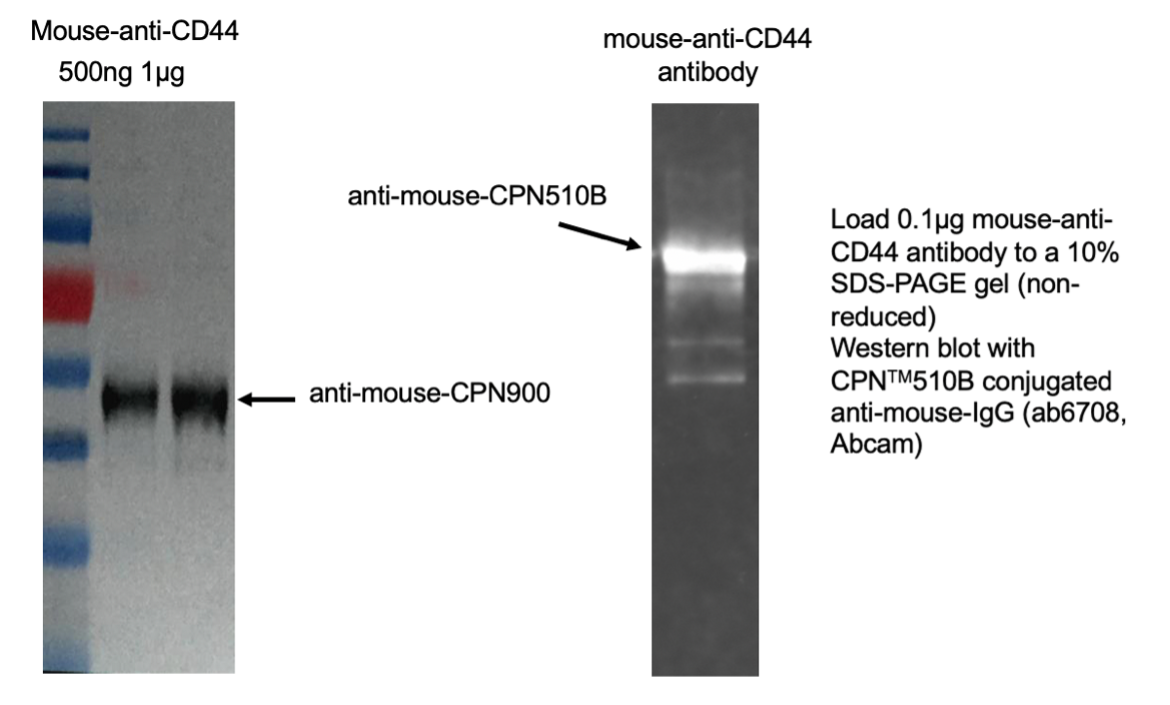
Running the gel one day and performing the staining the next will result in some lost of complexes activities, depending on the sample. It is important striving for minimizing the time between electrophoresis and activity stain. One important factor to take into consideration when performing BNGE is time management. Since in gel activity assays are semi-quantitative, it is advised to analyze complex I deficiencies by in gel activity and western blot. This is particularly important in the case of complex I activity, where the spectrophotometric assay cannot be performed in whole cells or tissue homogenates. To avoid this, lower lauryl maltoside concentrations are recommended.Īssessing defects in the respiratory chain should involve the use of more than one technique to confirm the results.

Similarly, one of the subunits of complex V, the F1 that has ATP hydrolysis activity, sometimes dissociates from the fully assembled complex and could be detected by in gel activity assay ( Figure 1C) or by western blot (using anti ATPaseβ antibody). For example, in case of complex I, usually less detergent is recommended since this complex is very labile.

Depending on cell type or tissue, the concentrations of detergent (lauryl maltoside) might need some adjustment. The conditions described here should be used as a guide. The successful analysis of the respiratory complexes by blue native gel electrophoresis (BNGE) depends on the state and handling of the cells and tissues to be examined. Protocols for 2D-BNGE are described elsewhere ( Calvaruso et al., 2008, Nijtmans et al., 2002).Īdditionally, the study of interactions of the respiratory complexes to form supramolecular structures called supercomplexes can also be analyzed by BNGE including milder detergent treatments during the sample preparation ( Schagger and Pfeiffer, 2000). The studies of the respiratory complexes can be extended by analyzing the samples by two dimensional gel electrophoresis following BNGE (2D-BNGE). The main differences are the absence of the blue dye and the use of a different buffer system that allows for the separation of proteins with high isoelectric pI ( Wittig and Schagger, 2008).Īlthough CNE has lower resolution when compared to BNGE, it has the advantage to allow for staining methods (such as complex III activity) that are interfered by the blue dye. One variation of this technique that was not described here that applies to the study of OXPHOS complexes is the Clear Native electrophoresis (CNE). Over the years, variations have been implemented to suit different needs (reviewed in Wittig and Schagger, 2008). This approach has been extensively used to analyze cellular and mitochondrial extracts from yeast, mouse tissues and human cell lines, as well as a diagnostic tool for the characterization of the electron transport chain in samples from patients suffering from mitochondrial diseases ( Van Coster et al., 2001).īlue native gel electrophoresis is a very useful technique for analyses of protein complexes in general and as such, it has broader applications than just the analysis of mitochondrial respiratory complexes. ( Schagger and von Jagow, 1991) and although it has been slightly modified over the years to improve the technique, the basic principles remain ( Nijtmans et al., 2002, Wittig and Schagger, 2008, Wumaier et al., 2009). This technique was initially described by Schagger, H., and von Jagow, G. The protein complexes are extracted from membranes with a mild detergent and subsequently exposed to the dye, which confers the negative charge required for electrophoretic separation without altering their native conformation. Because the establishment of genotype/phenotype relationships in mitochondrial diseases is frequently difficult in the absence of functional studies, BNGE is often used as a complement to respiratory chain enzymology and oxygen consumption studies.īlue native gel electrophoresis (BNGE) is based on the separation of protein complexes by electrophoresis according to their native molecular weight in the presence of Coomassie blue.

It consists of exploring the steady-state levels of respiratory complexes and their enzymatic activities using blue native gel electrophoresis (BNGE) followed by either western-blot or in gel enzyme activity assays ( Schagger and von Jagow, 1991, Zerbetto et al., 1997, Nijtmans et al., 2002). Over the last few years, an alternative method to the polarographic and spectrophotometric assessment of the OXPHOS system (see UNIT 19.3) has become popular among mitochondrial researchers when screening samples from patients with suspicion of mitochondrial disease.


 0 kommentar(er)
0 kommentar(er)
